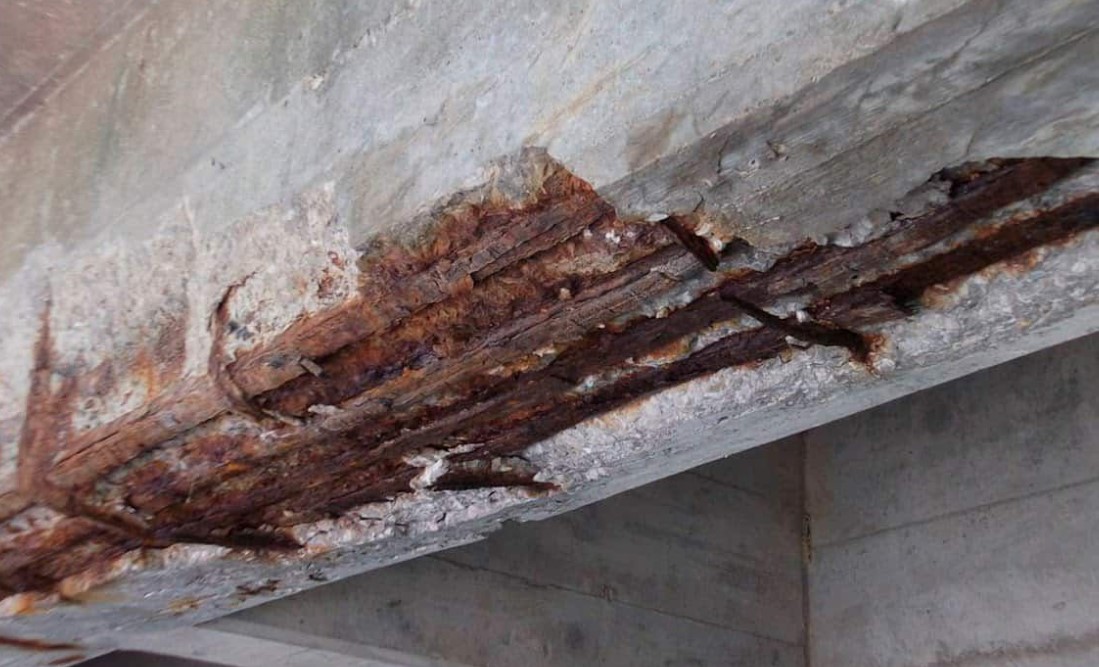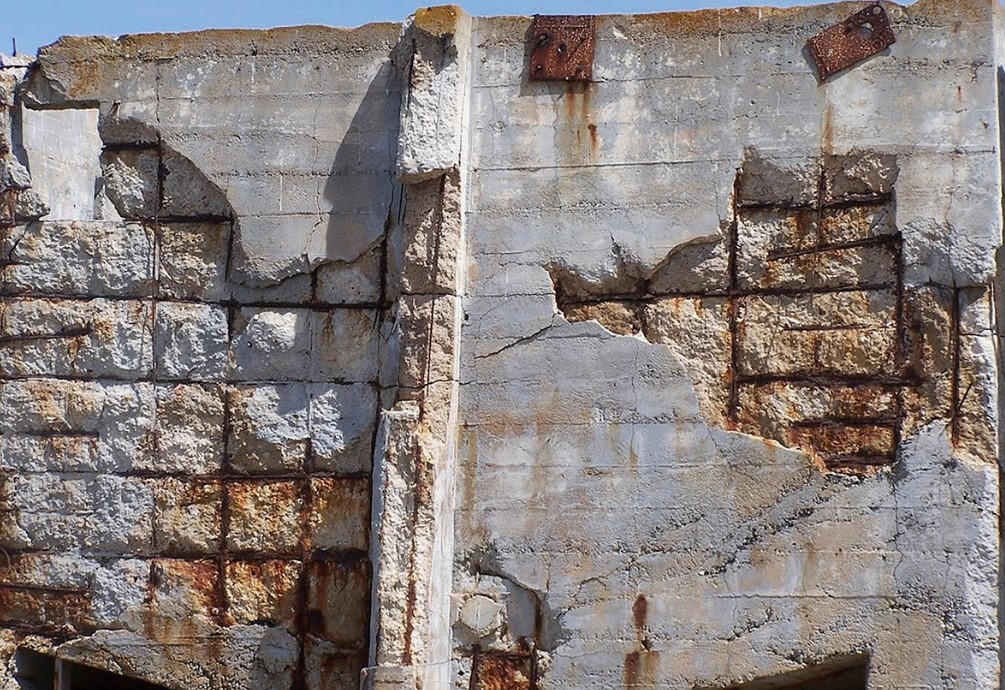The Impact of Weathering and Corrosion on UAE Buildings: Solutions for Longevity

Buildings in the UAE face extreme environmental stressors that accelerate wear and corrosion, posing risks to long-term structural integrity. The region’s unique climate—characterized by intense heat, high humidity, coastal salinity, and frequent sandstorms—demands tailored construction solutions. This article explores how these environmental conditions affect buildings in the UAE and outlines preventive strategies to improve durability, maintain safety, and reduce maintenance costs.
Environmental Challenges: Heat, Humidity, and Salinity
High temperatures in the UAE, often exceeding 45°C, cause construction materials to expand and contract, leading to microcracks and surface erosion. Coastal regions, such as Dubai and Abu Dhabi, experience heightened exposure to salt-laden winds from the Arabian Gulf. When absorbed into materials, this salinity accelerates rust and compromises the structural elements of steel reinforcements. Moreover, high humidity promotes condensation, causing moisture buildup within walls and ceilings, which encourages corrosion in hidden components, such as steel beams and HVAC systems.
Additionally, the frequent occurrence of sandstorms erodes exterior surfaces and damages coatings that protect against corrosion. Over time, the combined effect of these factors can reduce building lifespans and escalate maintenance needs.
Impact of Weathering and Corrosion on Construction Materials
Steel Reinforcements and Concrete Structures
Concrete is widely used in the UAE due to its strength, but steel reinforcements embedded within it are susceptible to rust when exposed to moisture. Rust expands, creating cracks that spread across the concrete, leading to surface chipping or spalling. This degradation compromises load-bearing capacity and structural safety. Without regular intervention, corrosion in reinforced concrete elements can result in costly repairs and operational downtime.
Building Facades and Roofing Materials
Modern facades, designed for aesthetics, are vulnerable to sand erosion. When sandstorms scratch protective coatings, the underlying materials become exposed to further weathering. Roofs, too, endure intense solar radiation and moisture buildup, which degrade insulation and waterproof layers. This degradation affects thermal efficiency and increases energy costs for building operations.

UAE Regulations and Building Standards
The Al Sa’fat Green Building System implemented by Dubai Municipality mandates that new developments adopt sustainable practices to address environmental challenges. It emphasizes using corrosion-resistant materials, protective coatings, and designs that incorporate natural ventilation. This regulatory framework supports the UAE’s goal to enhance the sustainability and resilience of its infrastructure. Developers must also follow inspection protocols to ensure compliance, reducing the likelihood of structural failures caused by corrosion. Visit the Dubai Municipality for more details on these building codes.
Key Solutions to Prevent Weathering and Corrosion
1. Use of Protective Coatings
Galvanization is an effective corrosion-prevention technique where steel components are coated with zinc to block moisture and salt exposure. For example, galvanized lintels used in construction reduce corrosion risk and improve durability, especially in coastal areas. Additionally, paint-based coatings and sealants protect exterior surfaces from environmental damage.
2. Adoption of Corrosion-Resistant Materials
Stainless steel, fiber-reinforced concrete, and marine-grade aluminum are preferred for their resilience in harsh climates. These materials offer long-term resistance to moisture and corrosion, minimizing the need for frequent repairs.
3. Improving Ventilation and Drainage
Effective ventilation systems prevent condensation by maintaining air circulation, while drainage systems ensure that water does not accumulate on roofs or in facades. These features are essential in both commercial and residential projects to minimize moisture-related deterioration.
4. Scheduled Maintenance and Predictive Monitoring
Building owners in Dubai are increasingly adopting predictive maintenance technologies, such as IoT sensors, to track the performance of materials. These systems detect early signs of corrosion, enabling timely repairs and preventing costly failures. Scheduled inspections of structural elements further ensure that minor issues do not escalate into major defects.
5. Prefabrication and Modular Construction Techniques
Prefabricated building components, assembled off-site, are exposed to fewer environmental stressors during construction. Modular construction methods enhance quality control and allow developers to mitigate the impact of weathering. These techniques also streamline installation processes, reducing time spent on-site and minimizing exposure to harsh weather conditions.
Economic Impact of Corrosion in the UAE
Globally, the economic loss due to corrosion amounts to 3-4% of a country’s GDP. In the UAE, where infrastructure development is a cornerstone of the economy, corrosion-related expenses can accumulate rapidly. Maintenance, repair, and downtime from structural failures directly affect profitability in sectors such as real estate and tourism. By adopting corrosion-preventive measures from the outset, developers can reduce operational expenses and improve return on investment in the long term.
Sustainability in Weathering Solutions
The UAE is committed to sustainable development, and addressing weathering and corrosion aligns with the region’s environmental goals. The Al Sa’fat Green Building System promotes eco-friendly materials and practices, encouraging developers to use recyclable components. Galvanized steel, for example, can be recycled without losing its protective properties, contributing to a circular economy. Sustainable building practices reduce environmental impact and enhance the reputation of developers, fostering investor confidence in large-scale projects.
Additionally, energy-efficient designs that combat heat and moisture—such as insulated facades and reflective roofing—reduce building energy consumption, further supporting the UAE’s climate goals.
Conclusion
Weathering and corrosion present ongoing challenges for buildings in the UAE due to the region’s harsh environmental conditions. However, through effective design strategies, material selection, and regular maintenance, these risks can be mitigated. Compliance with regulatory frameworks ensures that new developments meet sustainability and safety standards. By integrating protective measures from the design phase and adopting innovative construction techniques, the UAE can build structures that withstand environmental stress, enhance operational efficiency, and ensure long-term sustainability. These strategies not only reduce maintenance costs but also contribute to the UAE’s vision of resilient infrastructure for future generations.
Biker, shiba-inu lover, guitarist, Swiss design-head and multidisciplinary designer. Performing at the fulcrum of aesthetics and programing to create not just a logo, but a feeling. Let’s design a world that’s thoughtful, considered and aesthetically pleasing.

